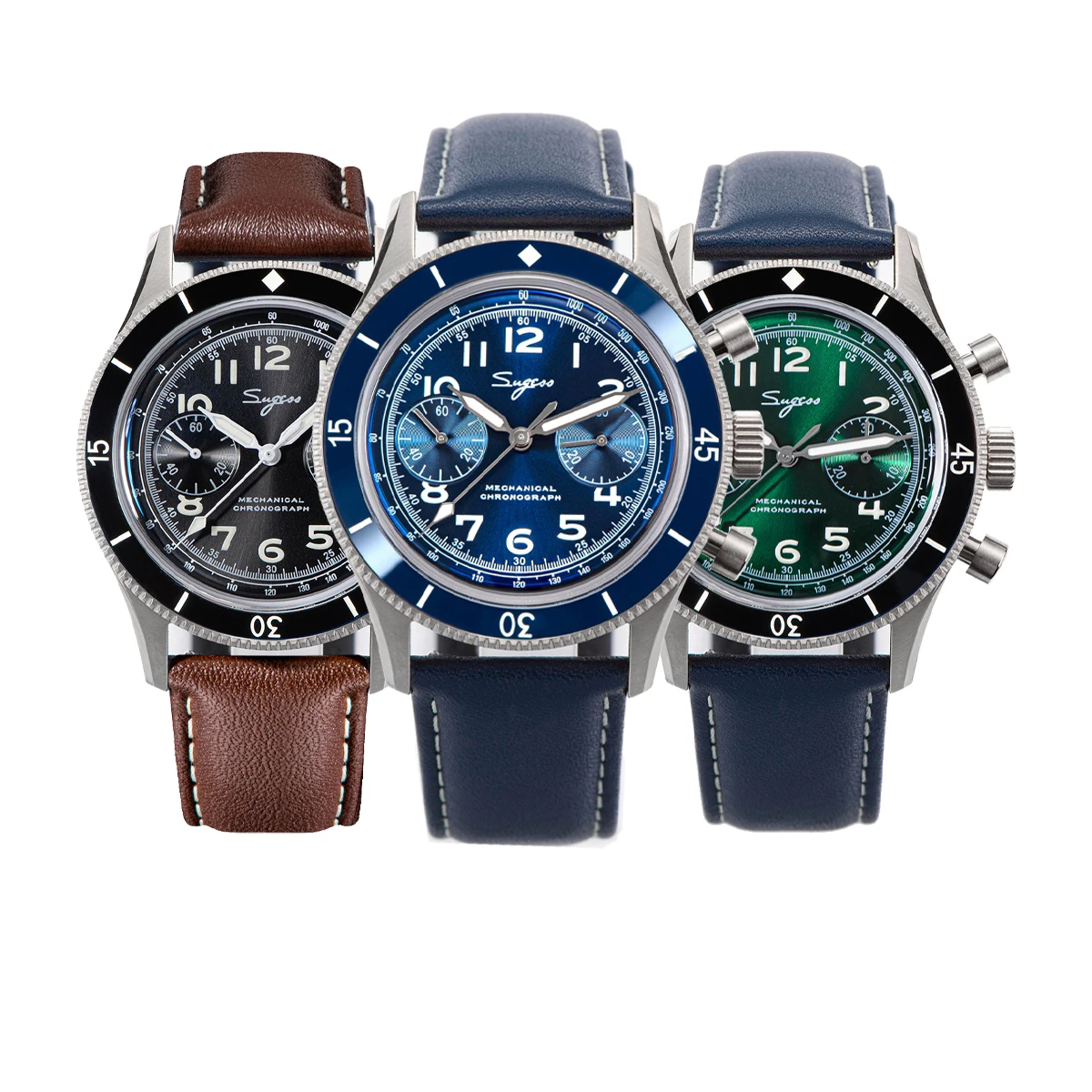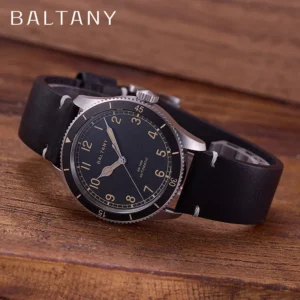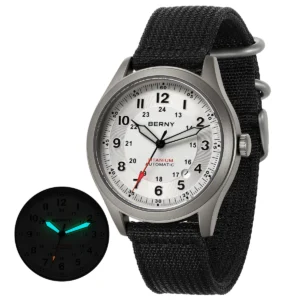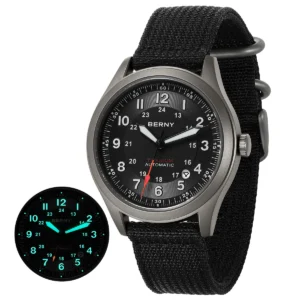Introduction: The Critical Role of Time in Aviation
The pilot’s glance at the wrist is swift but deliberate—a momentary shift of attention from the horizon to the specialized instrument strapped securely above the flight glove. In that fleeting second, crucial calculations are made, decisions confirmed, and the precise choreography of flight continues uninterrupted. This is the world of aviation chronographs, where time isn’t simply kept but actively employed as an essential navigational tool.
For as long as humans have taken to the skies, precise timing has been inextricably linked to flight safety and operational success. From calculating fuel consumption to measuring ground speed, timing approach sequences to executing perfect standard-rate turns, the chronograph—a timepiece with specialized timing functions—has served as the pilot’s critical companion through aviation history.
These specialized timing instruments evolved from simple necessity into sophisticated tools that could mean the difference between a successful mission and disaster. While modern cockpits now glow with digital displays and automated systems, the legacy and practical value of the aviation chronograph persists both as reliable backup and as a tangible connection to the roots of flight. The rich history of dive watch engineering shares similar themes of reliability under pressure, just as aviation timepieces had to perform flawlessly in challenging conditions.
In this comprehensive guide, we’ll explore how chronographs transformed from essential tools into cherished instruments that continue to serve pilots and aviation enthusiasts alike, representing the perfect marriage of form and function in the demanding world of flight.
The Evolution of Aviation Chronographs: From Necessity to Legacy
Early Aviation Challenges (1910s-1920s)
The dawn of aviation presented unprecedented challenges in navigation and timing. Early pilots relied primarily on pocket watches hastily adapted for cockpit use. These timepieces, while functional on the ground, proved difficult to consult during flight when both hands were needed for aircraft control. The introduction of wrist-worn chronographs marked a pivotal advancement, allowing aviators to time critical flight segments without compromising safety.
Military Influence and Wartime Developments
World Wars I and II accelerated chronograph development dramatically. Military specifications demanded timepieces with enhanced legibility, reliability in extreme conditions, and specialized timing functions. Aviation chronographs developed during this period featured high-contrast dials, luminous markings for night operations, and increasingly sophisticated timing mechanisms. The history of aviation timekeeping tools reveals how military necessities drove many innovations that would later become standard features.
The Golden Age of Flight
The mid-20th century represented the golden age of both aviation and mechanical chronographs. As commercial air travel expanded and jet engines revolutionized flight, chronograph manufacturers refined their designs to meet evolving cockpit needs. Slide rule bezels appeared, allowing pilots to perform complex calculations for fuel consumption, distance, and conversion factors. The parallel evolution of dive watch technology during this same period demonstrates how specialized professional timepieces were advancing across multiple fields, sharing innovations in durability and functionality.
From Essential Tools to Heritage Instruments
With the advent of digital avionics, the chronograph’s role shifted from primary instrument to trusted backup system and symbol of aviation heritage. Modern pilots may rely primarily on integrated flight computers, but many still wear aviation chronographs as secondary timing devices—recognizing that battery-powered systems can fail while mechanical timepieces continue to function reliably through challenging conditions.
Essential Features of Aviation Chronographs: Form Follows Function
The distinctive appearance of aviation chronographs is no accident—every design element serves a specific purpose related to in-flight timing needs. Understanding these specialized features reveals the thoughtful engineering behind these purpose-built instruments.
Core Functionality
The fundamental chronograph functions explained in aviation contexts include:
- Start/Stop mechanism: Allows precise timing of flight segments, approaches, and procedures
- Reset capability: Quickly returns the chronograph hand to zero position for subsequent timing events
- Elapsed time recording: Typically measured in seconds, minutes, and sometimes hours
- Split-time capability: Records intermediate times while the main chronograph continues running
Legibility: Critical for In-Flight Reference
Aviation chronographs prioritize at-a-glance readability through:
- High-contrast dials: Typically black with white markings or vice versa
- Bold numerals: Oversized for instant recognition
- Luminous elements: Hands and markers treated with luminescent material for night operations
- Uncluttered design: Essential information only to minimize confusion
Specialized Scales and Bezels
Aviation chronographs often feature specialized calculation tools:
- Tachymeter scales: Circular scales allowing pilots to determine speed based on time elapsed over a known distance
- Rotating bezels: Enable setting reference points for elapsed time or countdown timing
- Slide rule bezels: Complex calculation tools for fuel consumption, distance conversions, and other flight-specific mathematics
- Telemeter scales: Allow distance calculations based on sound propagation (less common but historically significant)
Durability Features
The aviation environment demands exceptional durability:
- Shock resistance: Protected movements that withstand turbulence and vibration
- Anti-magnetic properties: Shielding to prevent interference from cockpit instruments
- Water resistance: Protection against condensation and pressure changes
- Reinforced crystals: Typically using sapphire or hardened materials to prevent shattering
Our collection of chronograph pilot watches showcases these specialized features in action, demonstrating how form truly follows function in aviation timepiece design.
Practical Applications: Timing Critical Flight Operations
Understanding how chronographs serve pilots requires exploring their practical applications during actual flight operations. These specialized timepieces have historically enabled crucial calculations that directly impact safety and efficiency.
Navigation and Dead Reckoning
Before GPS and electronic navigation systems, pilots relied heavily on chronographs for dead reckoning—determining position based on elapsed time, airspeed, direction, and wind calculations. By precisely timing the flight between known waypoints, pilots could:
- Calculate position based on time elapsed at a known speed
- Determine estimated time of arrival at subsequent waypoints
- Verify ground speed by timing passage between visual landmarks
- Adjust navigation for changing wind conditions
Speed and Distance Calculations
Using the tachymeter scale, pilots can quickly determine:
– Ground speed by timing how long it takes to travel between two points at a known distance apart
– Distance traveled based on time elapsed at a known speed
– Estimated time to destination based on current speed
Fuel Management
Precise timing is critical for fuel calculations, allowing pilots to:
– Monitor fuel consumption rates by timing how long a specific quantity lasts
– Calculate remaining range based on consumption patterns
– Time lean mixture adjustments to optimize efficiency
– Plan contingency reserves for holding patterns or diversions
Timing Standard Flight Procedures
Standardized timing ensures consistent, safe execution of:
– Standard rate turns (3° per second, resulting in a 360° turn in 2 minutes)
– Holding pattern legs (typically 1 minute outbound, then a 180° turn)
– Approach timing segments when flying non-precision approaches
– Departure procedure timing requirements
The various ways aviation chronographs assist pilots demonstrate their enduring value in both historical and contemporary contexts.
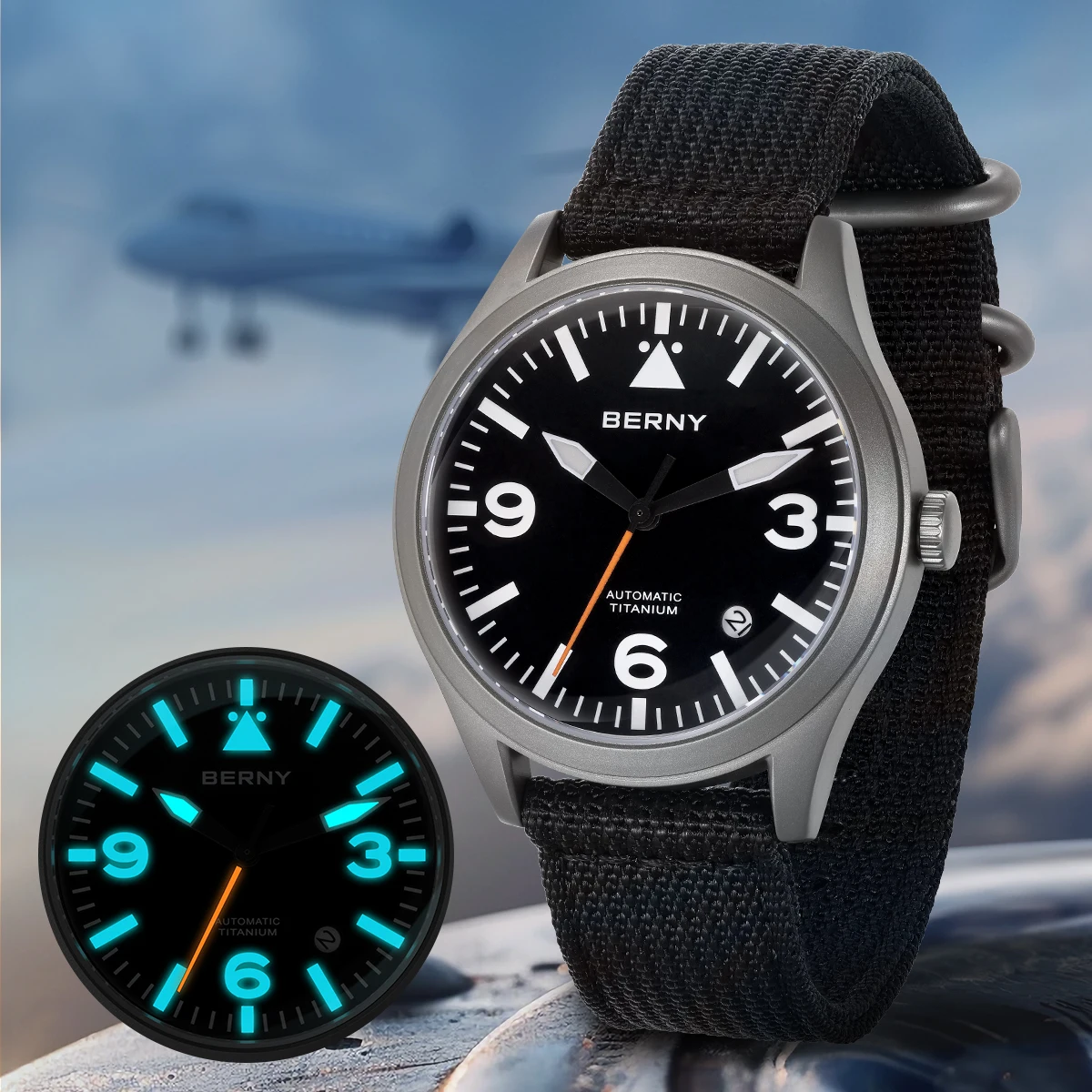
Step-by-Step Guide: Mastering Aviation Chronograph Functions
Developing proficiency with an aviation chronograph requires understanding basic operational techniques and their application to flight scenarios. The following step-by-step procedures illustrate how pilots utilize these specialized timepieces.
Basic Chronograph Operation
- Start timing: Press the top pusher (typically at 2 o’clock position)
- Stop timing: Press the same pusher again to freeze the chronograph hands
- Read elapsed time: Note the position of the chronograph second and minute hands
- Reset to zero: Press the bottom pusher (typically at 4 o’clock position)
Calculating Ground Speed with a Tachymeter
- Identify a known distance between two landmarks (example: 5 nautical miles)
- As you pass the first landmark, start the chronograph
- When passing the second landmark, stop the chronograph
- Read the tachymeter value where the chronograph second hand points
- Multiply this value by the distance factor (if not exactly 1 unit apart)
Example: If it takes 2 minutes (120 seconds) to travel 10 nautical miles, the tachymeter would indicate “30” (for 30 units per hour), which you’d multiply by 10 to get 300 knots.
Using a Rotating Bezel for Flight Leg Timing
- Just before beginning a flight leg, rotate the bezel to align the zero/triangle marker with the minute hand
- As you fly, the minute hand points to elapsed time on the bezel
- For countdown timing (fuel reserves, approach timing), set the desired time interval opposite the minute hand
- When the minute hand reaches the zero/triangle marker, the set time has elapsed
Timing a Standard Rate Turn
- Start the chronograph at the beginning of a turn
- Maintain standard rate (3° per second)
- For a 180° turn, stop the turn after 60 seconds
- For a 360° turn, stop after 120 seconds
- For a 90° turn, stop after 30 seconds
Our collection of automatic pilot watches offers the reliability needed for these critical timing operations, while understanding the timeline of diving watch innovations provides context for how these technologies evolved across professional timing instruments.
Iconic Aviation Chronographs: Engineering Legends
The history of flight is mirrored in the evolution of purpose-built aviation chronographs that have become legendary for their contributions to safe air travel and their distinctive engineering solutions.
Distinctive Design Elements
Aviation chronographs typically feature:
- Oversized cases (typically 40-47mm) for enhanced legibility
- Pronounced crowns and pushers designed for operation while wearing gloves
- High-contrast dials optimized for quick reference in variable lighting
- Specialized scales and calculation tools arrayed around the dial or bezel
- Robust construction capable of withstanding cockpit conditions
Technical Innovations
Notable engineering advancements that improved aviation chronograph functionality include:
- Flyback functions allowing instant chronograph reset and restart with a single pusher action
- Rotating slide rule bezels for rapid in-flight calculations
- Anti-magnetic shielding to prevent interference from cockpit instruments
- Reinforced case construction to withstand pressure changes and vibration
- Enhanced luminosity systems for night operations
Design Evolution
Aviation chronographs evolved from simple timing instruments to sophisticated calculation tools, with innovations responding directly to pilot needs. Early models featured basic start/stop functions, while later versions incorporated multiple subdials, specialized scales, and integrated computational tools like the logarithmic slide rule.
Our selection of classic pilot watches showcases these design elements that have stood the test of time, combining historical authenticity with modern reliability.
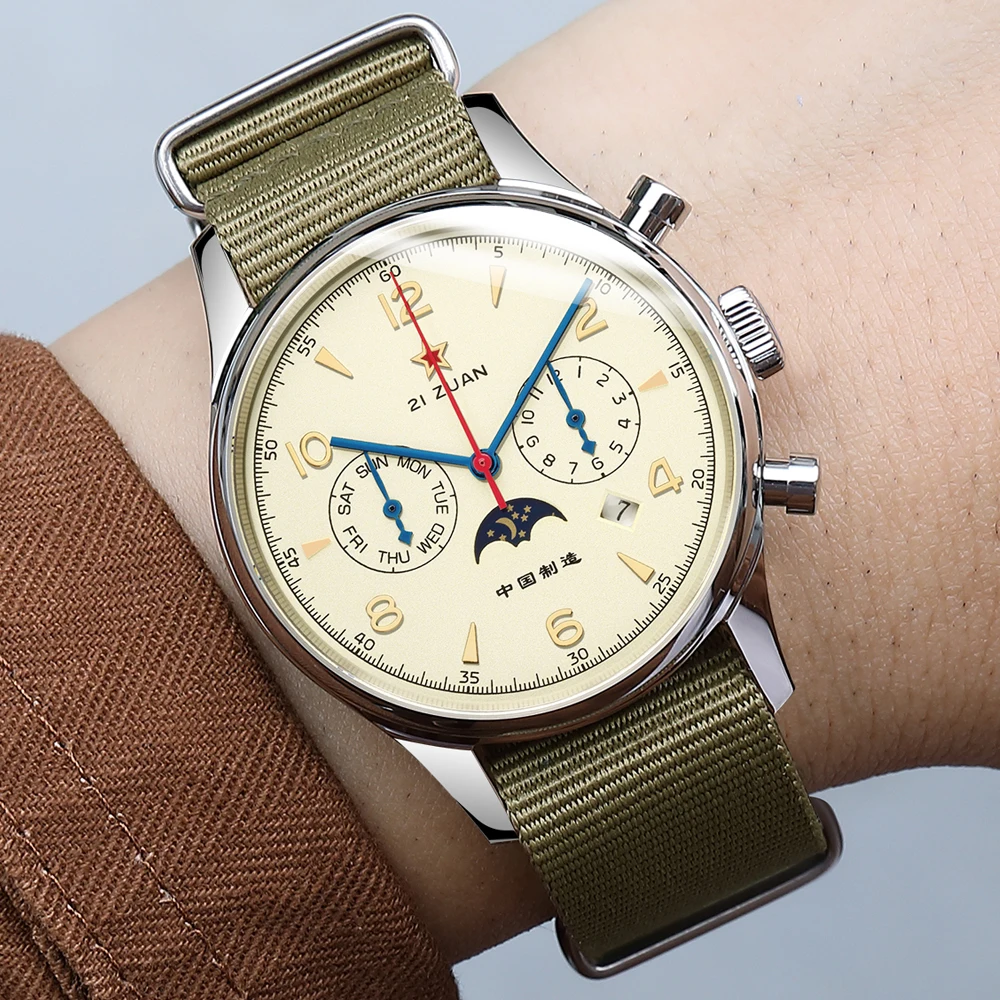
Modern Relevance: The Aviation Chronograph in Digital Cockpits
Despite the proliferation of digital instruments and glass cockpit displays in modern aircraft, the aviation chronograph maintains a significant presence on pilots’ wrists worldwide. This enduring relevance speaks to both practical considerations and deeper connections to aviation heritage.
The Digital Transformation
Modern cockpits feature integrated timing systems as part of their avionics packages, providing:
– GPS-synchronized timing with atomic clock precision
– Digital countdown timers with audio and visual alerts
– Automated timing for navigation legs and procedures
– Integrated calculations for speed, distance, and fuel management
Yet despite these advancements, the mechanical chronograph persists in aviation for compelling reasons.
Reliable Backup System
Experienced pilots value the chronograph as a redundancy measure:
– Electronic systems can fail due to power loss, software issues, or electromagnetic interference
– Mechanical chronographs operate independently from aircraft electrical systems
– Simple operation requires no boot-up time or menu navigation
– Instant availability during emergency situations when workload is highest
Psychological and Practical Advantages
Many pilots report tangible benefits to maintaining chronograph proficiency:
– Direct physical interaction enhances timing awareness compared to digital systems
– Manual calculations keep mental math skills sharp—critical during emergency situations
– The chronograph’s position on the wrist allows timing without looking away from the windscreen
– Having a personal timing device separate from aircraft systems provides peace of mind
The enduring popularity of automatic chronograph watches among pilots demonstrates that these instruments remain relevant despite technological advancement, serving both practical needs and connecting users to aviation traditions.
Chronograph as a Pilot’s Companion: Beyond Timing Functions
The aviation chronograph transcends its utilitarian origins to become a symbol of identity and connection to flying heritage. This deeper relationship explains why these timepieces remain cherished by pilots and aviation enthusiasts alike.
Symbol of Aviation Heritage
For many pilots, wearing an aviation chronograph represents:
– Connection to the generations of aviators who relied on mechanical timing
– Appreciation for the golden age of flight when these instruments were essential
– Respect for aviation traditions and the precision mentality of professional pilots
– Tangible link to the history of aeronautical innovation and achievement
The Satisfaction of Traditional Skills
In an increasingly automated world, many pilots find value in:
– Maintaining proficiency with manual calculation methods
– The tactile feedback and mechanical operation of chronograph pushers
– The self-reliance that comes with mastering traditional navigation timing techniques
– The elegance of solving flight problems using purpose-built mechanical tools
Our collection of GMT pilot watches further exemplifies how traditional timing instruments remain relevant for modern aviators managing multiple time zones during international operations.
Automatic Chronograph Watches, Chronograph Pilot Watches
Price range: $233.36 through $237.58 Select options This product has multiple variants. The options may be chosen on the product pageClassic Automatic Dress Watches, GMT Automatic Watches, GMT Pilot Watches
Price range: $1,240.86 through $1,463.33 Select options This product has multiple variants. The options may be chosen on the product pageAutomatic Chronograph Watches, Classic Style Dive Watches
$3,053.06 Select options This product has multiple variants. The options may be chosen on the product pageClassic Pilot Watches, Military Inspired Automatic Watches
$561.00 Select options This product has multiple variants. The options may be chosen on the product pageClassic Field Watches, Classic Pilot Watches, Rugged Automatic Watches, Titanium Automatic Watches
Price range: $425.24 through $496.28 Select options This product has multiple variants. The options may be chosen on the product pageClassic Field Watches, Classic Pilot Watches, Military Inspired Automatic Watches, Titanium Automatic Watches
Price range: $425.24 through $496.28 Select options This product has multiple variants. The options may be chosen on the product page
Maintaining Your Aviation Chronograph: Ensuring Reliability
To serve reliably as a timing instrument in flight operations, an aviation chronograph requires proper maintenance and care. The following practices help ensure your timepiece remains accurate and functional when needed.
Regular Service and Calibration
- Professional service every 3-5 years to maintain optimal performance
- Accuracy checks against known time standards before critical flights
- Moisture inspection, particularly after significant altitude changes
- Checking chronograph functions regularly to ensure proper operation
Environmental Considerations
- Protection from extreme temperature variations in cockpit environments
- Minimizing exposure to strong magnetic fields from avionics
- Awareness of pressure changes affecting water resistance
- Protection from impact during preflight inspections and cockpit operations
Taking these simple precautions ensures your aviation chronograph remains a reliable timing instrument rather than merely a stylish accessory.
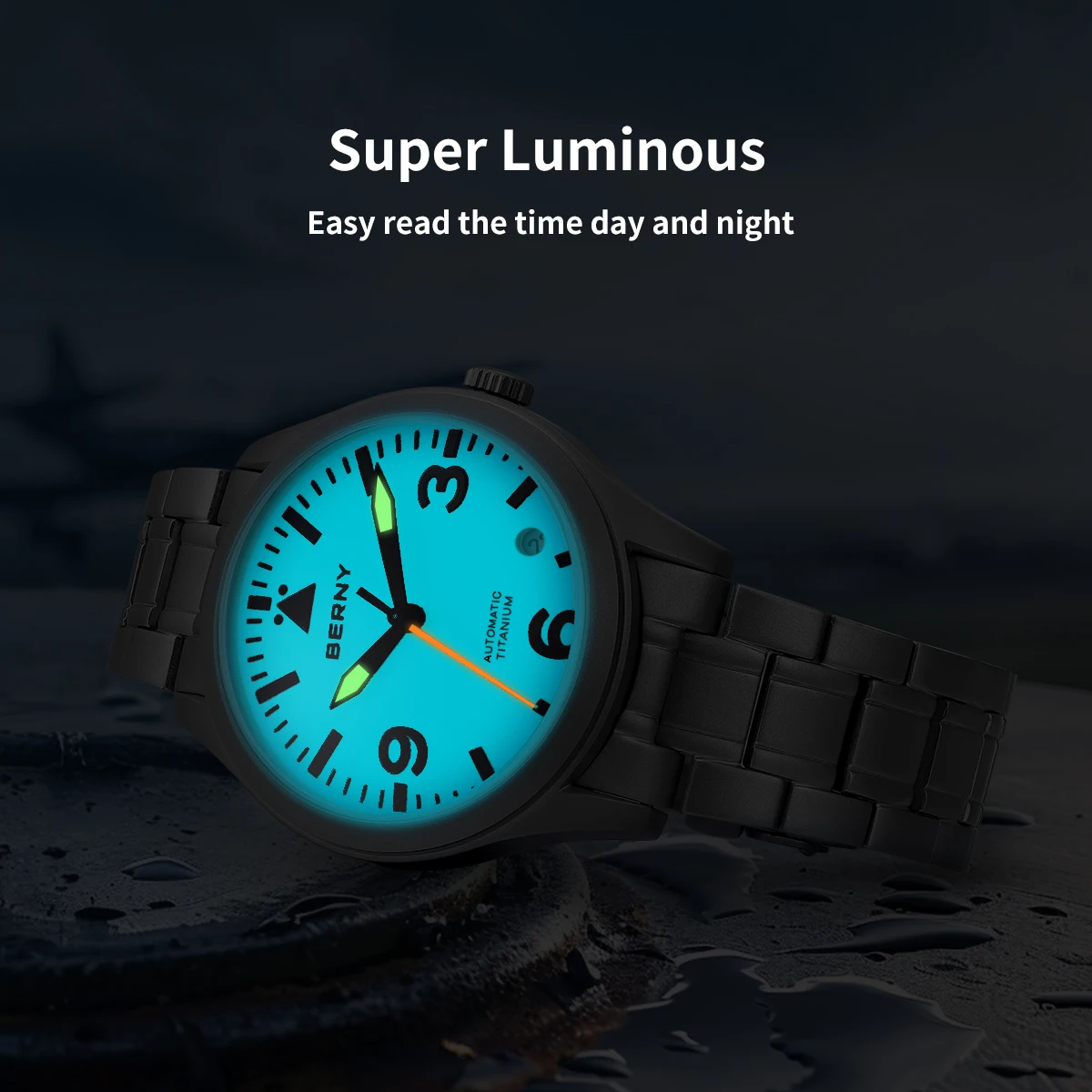
Is an Aviation Chronograph Right for You? Practical Considerations
While aviation chronographs carry historical significance and practical utility, determining whether one suits your needs requires honest assessment of your requirements and interests.
Who Benefits Most from Aviation Chronographs?
- Active Pilots: For those who fly regularly, an aviation chronograph offers both practical functionality and connection to flying tradition
- Aviation Enthusiasts: Appreciators of flight history often value these timepieces as tangible connections to aeronautical heritage
- Watch Collectors: Those who appreciate purpose-built mechanical instruments find aviation chronographs represent significant horological achievements
- Professionals Requiring Timing Functions: Many non-pilots benefit from the specialized timing capabilities these watches provide
Key Questions to Consider
- Do you value the self-sufficiency of a mechanical timing tool independent of electronic systems?
- Are you interested in learning traditional calculation methods using specialized scales?
- Do you appreciate the engineering and craftsmanship behind purpose-built mechanical instruments?
- Would you benefit from the specific timing functions these watches provide?
Understanding the differences between manual vs automatic chronographs can further help determine which type best suits your specific needs and preferences.
The Legacy Continues: Why Aviation Chronographs Endure
The aviation chronograph stands as a remarkable example of how specialized tools can transcend their original purpose to become cultural symbols while maintaining practical utility. What began as simple timing instruments evolved into sophisticated calculation tools before transitioning to their current status as both functional instruments and treasured connections to aviation heritage.
Today’s aviation chronographs embody the perfect marriage of tradition and innovation. While no longer the only option for cockpit timing, they represent something perhaps more valuable—a tangible reminder of aviation’s historical reliance on precise mechanical engineering and human skill. They celebrate an era when pilots navigated vast distances using little more than a timepiece, compass, and their training.
For both working pilots and aviation enthusiasts, the chronograph’s enduring appeal lies in this dual nature: a practical instrument that still performs its function flawlessly while simultaneously connecting the wearer to the rich history of flight. In every tick of its precisely calibrated movement lies the echo of countless flights safely completed and the continued promise of adventures yet to come.

